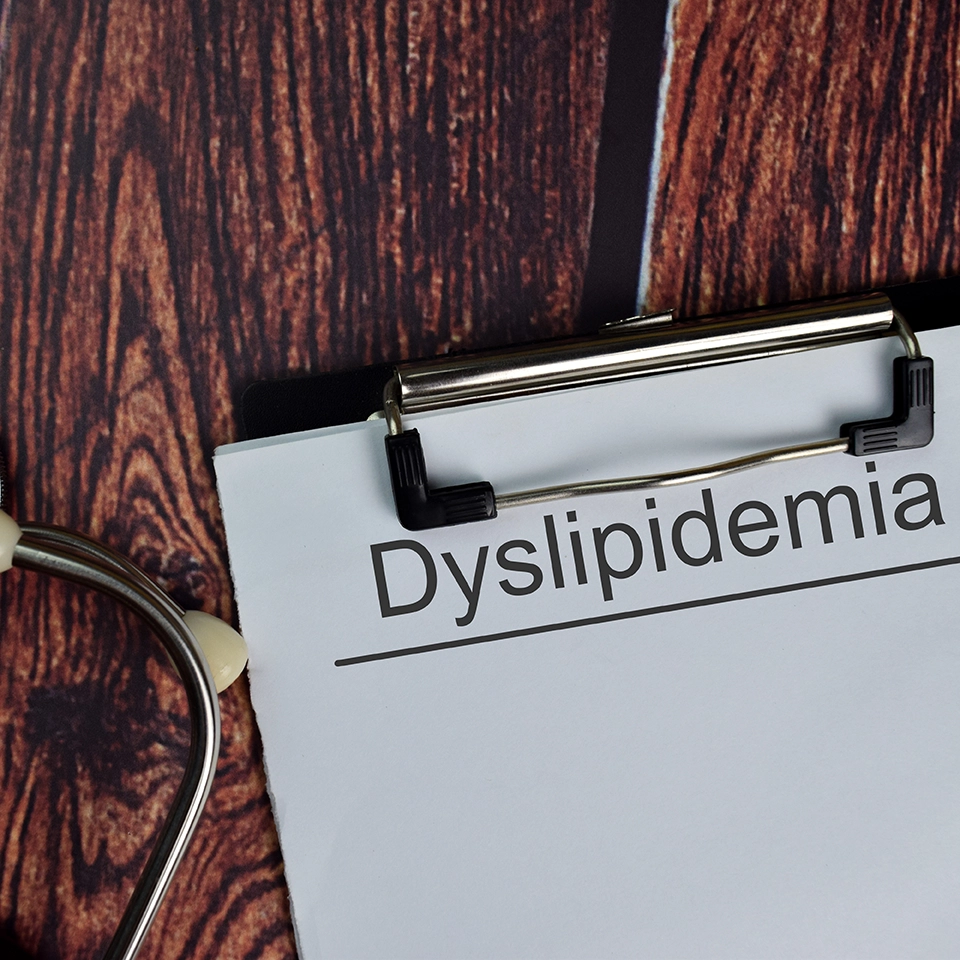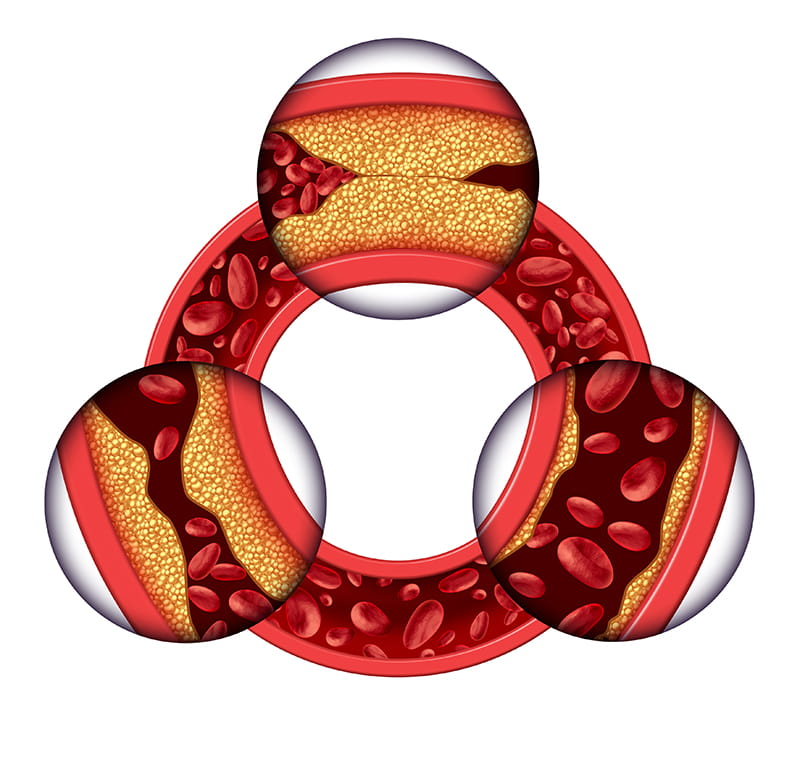When analyzing the trial population, approximately 50% were diagnosed with STEMI, suggesting a significant portion received intensive treatment. Despite this, a notable residual risk related to lipoproteins, particularly non-HDL cholesterol, persisted, especially considering the high prevalence of diabetes in the cohort. However, stratified analyses by LDL level were performed; unfortunately, data on Apo-B were unavailable at the time, necessitating post-hoc analysis. Notably, the incidence of type IV B myocardial infarctions related to revascularization was relatively high, with apparent benefit observed in this subgroup with CSL112 treatment. This reduction in stent thrombosis rates during infusion suggests potential antiplatelet effects of ApoA-1, possibly stabilizing plaque underneath stents. However, no reduction in type 2 MI was observed, underscoring the need for further investigation into the duration of treatment effects. Despite initial concerns about the lack of immediate impact, late-emerging benefits at 180- and 365 days post-treatment suggest a potential legacy effect, with ongoing aggressive lipid-lowering therapy likely contributing to plaque stabilization in both arms of the trial.
American College of Cardiology (ACC) Congress 2024, 6th April – 8th April 2024, Atlanta, Georgia, USA




